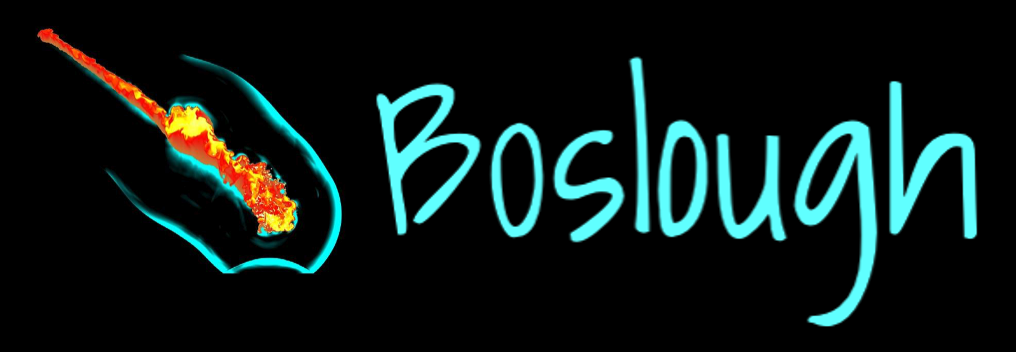The Science Behind Graham Hancock’s “Ancient Apocalypse”
The new Netflix series seeks to connect human prehistory to the Younger Dryas impact hypothesis (YDIH), inspired by scientific models of the Tunguska and Libyan Desert Glass airbursts. Can this catastrophist theory of past civilizations be decoded using the science of cosmic impacts? Stay tuned.
BBC has removed copyright restrictions for most locations. The full documentary is now available at this Youtube link: TUTANKHAMUN’S FIREBALL.
“What if everything we know about prehistoric humans is wrong? Journalist Graham Hancock visits archeological sites around the world to uncover whether a civilization far more advanced than we ever believed possible existed thousands of years ago.”
That’s the synopsis of a the new Netflix documentary series, set to premiere on November 11. It hasn’t gotten too much media attention outside the TV and leisure blogs, but was just plugged by the right-wing Daily Caller, best known to scientists for its decidedly anti-science bias.
Will Hancock’s series present a fair balance between promoters of the YDIH, the Sodom airburst, and its scientific critics? I will be writing reviews as this series progresses to let you know.
Above: This 2006 animation of a massive cluster of fireball-producing airbursts shown in the National Geographic documentary “Ancient Asteroid” was cited as inspiration for the Younger Dryas impact hypothesis in 2007. It was based on a simulation first published in the abstract “Interacting Atmospheric Plumes from Bolide Swarms” for the Lunar and Planetary Science Conference XXVII (Boslough & Crawford, 1996).
Below: Scientists solve the puzzle of the Libyan Desert Glass
Related Blog Posts
It’s Time to Retract the Sodom Airburst Paper
Lost Diamonds and Disappearing Impact Evidence
Advocates of Younger Dryas Impact Hypothesis (YDIH) “Independently” Evaluated Their Own Results
The Fringe Roots of the Younger Dryas Impact Hypothesis: Part 1
Related Videos
National Geographic/BBC animation of contact airburst (2006)
Younger Dryas impact hypothesis, NOVA (2009)
Modeling a Comet Airburst, NOVA (2009)
PubPeer
Several peer-reviewed papers on the YDIH and related subjects have been called into question on PubPeer. These criticisms have led to corrections and published comments. Here is a partial list.
Original YDIH paper: Firestone et al., 2007
YDIH Nanodiamonds in Greenland: Kurbatov et al., 2010
YDIH “independent” evaluation: LeCompte et al., 2012
Sodom & Gomorrah airburst paper: Bunch et al., 2021


